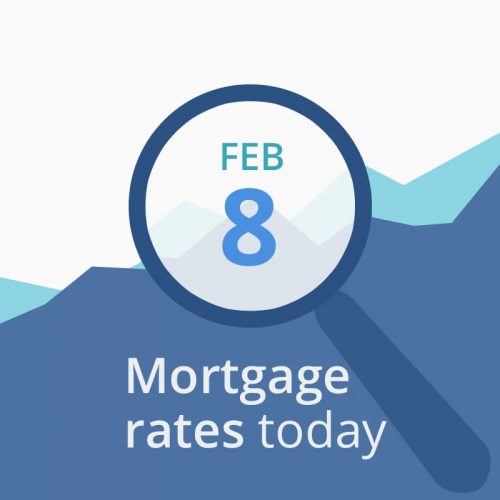Use annual percentage rate APR, which includes fees and costs, to compare rates across lenders. Rates and APR below may include up to .50 in discount points as an upfront cost to borrowers. Click on product to see detail. Use our Compare Home Mortgage Loans Calculator for rates customized to your specific home financing need. Speak to a home mortgage consultant today about a special offer available 9/8/2018 – 3/1/2019 for current Wells Fargo Home Mortgage customers.
| Product | Interest Rate | APR |
|---|---|---|
| Conforming and Government Loans | ||
| 30-Year Fixed Rate | 4.375% | 4.459% |
| 30-Year Fixed-Rate VA | 4.125% | 4.463% |
| 20-Year Fixed Rate | 4.125% | 4.297% |
| 15-Year Fixed Rate | 3.625% | 3.843% |
| 7/1 ARM | 4.000% | 4.695% |
| 5/1 ARM | 3.875% | 4.789% |
| Jumbo Loans– Amounts that exceed conforming loan limits | ||
| 30-Year Fixed-Rate Jumbo | 4.125% | 4.158% |
| 15-Year Fixed-Rate Jumbo | 3.750% | 3.845% |
| 7/1 ARM Jumbo | 3.500% | 4.379% |
| 10/1 ARM Jumbo | 3.750% | 4.311% |
Rates, terms, and fees as of 2/08/2019 01:05 PM Eastern Standard Time and subject to change without notice.
Select a product to view important disclosures, payments, assumptions, and APR information. Please note we offer additional home loan options not display Representative example Assuming a total amount of credit of €100,000 repayable over 20 years at a borrowing rate of 4.3% (variable), the cost per month is €621.90 excluding insurance. The total amount to be repaid is €149,294 which includes a release of security fee of €38. The Annual Percentage Rate of Charge is 4.4% (variable). The additional cost per month of a 1% rise in the rate of interest of such a mortgage is €54.74 and would be payable monthly. The above quotation is for illustrative purposes only.
Affordability - For your protection
Credit facilities are subject to repayment capacity and financial status
The loan amount is not based on one fixed formula
Factors reflecting the repayment capacity of each applicant are individually assessed based on a number of factors including qualifying income, net disposable income and existing commitments
Written quotations are available on request from any Ulster Bank branch
Ulster Bank subscribes to the Irish Banking Federation voluntary code of conduct on pre-contractual information for home loans. A copy of this brochure is available in all branches
Details of our mortgage fees
The fees we may charge for our mortgages are listed below, you may not be charged these fees in all circumstances.
Valuation Fee
Ulster Bank requires that a valuation of the property offered as security is carried out by a valuer acceptable to the Bank. This valuer will be instructed by Ulster Bank.
Ulster Bank currently offer a free standard valuation on our new mortgages. Only one free valuation per customer applies.
When payable, this fee applies when Ulster Bank instruct a Valuer to prepare a Valuation Report over the mortgage property.
The fee is €155.
Release or Vacate of Mortgage Fee
If the security includes a new mortgage over property that is not your private dwelling place, you will have to pay our solicitors’ fees in connection with the mortgage loan. This charge is payable directly to Ulster Bank’s Panel Solicitor.
The fee is €38.
For full details, please read our Mortgage Tariff of Charges brochure.February 8, 2019












0 comments: